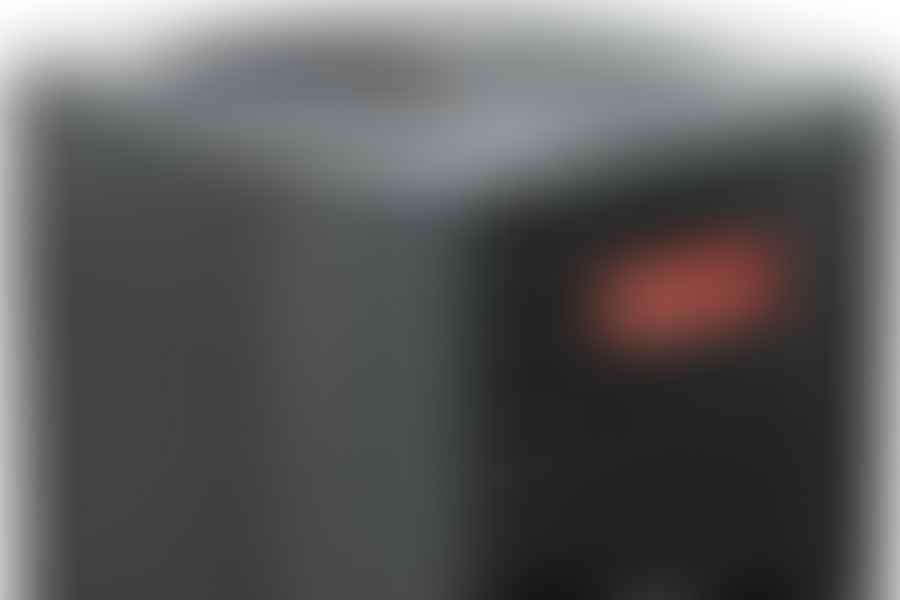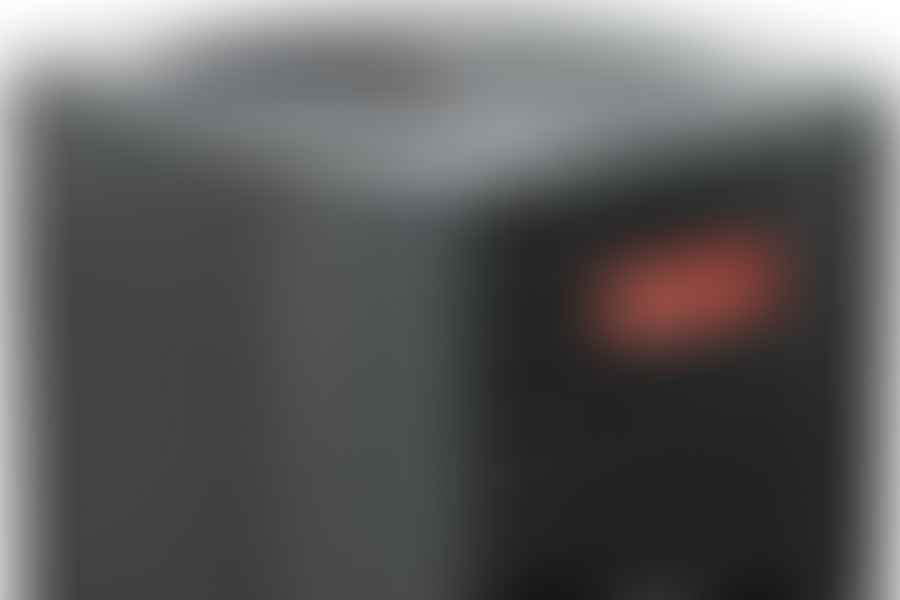From R-22 to R-410A: Understanding the Impact of Refrigerants on Air Conditioning Costs
When it comes to the efficiency and costs associated with air conditioning, the type of refrigerant used is a pivotal factor. The transition from R-22 to R-410A has been a significant shift in the HVAC industry, not only because of environmental concerns but also due to its impact on air conditioning costs. Understanding this transition is essential for homeowners, service technicians, and anyone interested in the long-term sustainability of climate control technologies.
The Shift from R-22 to R-410A: An Environmental Imperative
The phase-out of R-22, commonly known as Freon, was driven by its high ozone depletion potential (ODP) and global warming potential (GWP). In response to environmental regulations such as the Montreal Protocol, R-410A was developed as a more eco-friendly alternative. This newer refrigerant has zero ODP and a considerably lower GWP than R-22, making it a critical step towards protecting our planet's atmosphere.
However, the switch to R-410A isn't just about environmental responsibility—it also affects the economics of air conditioning systems. As production of R-22 ceases, its price has skyrocketed due to scarcity. This has direct implications for those with older AC systems that require maintenance or repairs.
Cost Implications for Homeowners and Businesses
For homeowners with air conditioning systems that still operate on R-22, facing hidden repair costs can be daunting. Not only are they dealing with increased prices for dwindling R-22 supplies, but they must also consider the cost of eventual replacement, as these systems are being phased out entirely.
On the flip side, while initial installation costs for an R-410A system may be higher than keeping an outdated system running in the short term, there are long-term savings to consider. These newer systems are more energy-efficient and can lead to lower electricity bills. Moreover, they're designed to last longer with fewer emergency repairs, which translates into better cost-effectiveness over time.
The Impact on HVAC Apprenticeship and Training
The switch from one refrigerant standard to another also necessitates changes in professional training and education. HVAC technicians must be well-informed about both types of systems during this transitional period. The knowledge gap can lead to increased service costs if technicians aren't adequately trained on handling newer refrigerants like R-410A.
Moreover, proper handling and disposal of older refrigerants are crucial for environmental protection—another critical component taught in modern HVAC apprenticeship programs. This ensures that technicians not only know how to manage these substances safely but also understand their role in promoting sustainability within their profession.
Analyzing Lifetime Costs: A Comparative Approach
To truly grasp the financial repercussions of using different refrigerants in air conditioning systems, one must look at lifetime costs—a concept that includes initial purchase price plus ongoing maintenance expenses over the lifespan of a unit. Transitioning from an older system using R-22 to one utilizing R-410A may come with upfront expenses but often results in greater savings over time due to improved efficiency and lower operating costs.
AC Cost Breakdown
- Initial Purchase Price - R-410A units tend to be more energy-efficient but may come with a higher initial cost compared to R-22 models.

- Installation Costs - Installation of R-410A systems can be less complex, potentially reducing labor costs over R-22 installations.

- Energy Efficiency - Over time, the higher efficiency of R-410A units translates into lower electricity bills, offsetting the upfront cost difference.

- Maintenance Expenses - R-22 units are being phased out, leading to increased costs for parts and refrigerant as supplies dwindle.

- Environmental Fees - Owners of R-22 units may face environmental disposal fees, while R-410A is considered more eco-friendly.

- Refrigerant Costs - The price of R-22 refrigerant is rising due to its phase-out, making R-410A the more cost-effective option in the long run.

- System Longevity - R-410A air conditioners often have a longer lifespan due to their newer technology and design, leading to fewer replacements over time.

- Resale Value - If you plan to sell your property, R-410A systems may increase home value more than outdated R-22 systems.

In conclusion—though remember we’re not quite done yet—the move away from R-22 towards environmentally friendly alternatives like R-410A isn't solely about compliance with regulations or preventing damage to our ozone layer; it's also about embracing innovations that offer financial benefits through energy savings and reduced repair needs. As we continue exploring this topic in our next segment, we'll delve deeper into how these changes affect your wallet directly through repair service bills, unit replacement expenses, and overall operational efficiency.
The Financial Implications of Switching Refrigerants
When the HVAC industry transitioned from R-22 to R-410A, the impact rippled through the market, affecting everything from manufacturing costs to repair expenses. The shift was not just a simple swap. It meant significant changes in air conditioning systems' design and functionality. This transition has been challenging for homeowners and businesses alike, who have had to grapple with the costs of upgrading or replacing their HVAC units to be compatible with the new refrigerant.
The introduction of R-410A brought about more efficient air conditioning systems that operate at higher pressures than those using R-22. Consequently, these systems require robust components capable of handling increased stress. For consumers, this can translate to a higher upfront investment when purchasing new equipment. However, it's essential to balance this initial cost against the long-term savings from improved energy efficiency and lower environmental impact fees associated with newer refrigerants.
Environmental Impact Fees and Regulations
The environmental impact of refrigerants is a hot topic in both policy-making and consumer choices. Regulations aimed at phasing out ozone-depleting substances like R-22 have made way for eco-friendlier alternatives such as R-410A. However, these regulations come with associated fees that can influence the overall cost of air conditioning units. For instance, there may be disposal charges for old equipment or tax incentives for adopting greener technologies.
Refrigerant Regulations
- Montreal Protocol - A global agreement to phase out ozone-depleting substances, including R-22.

- Kyoto Protocol - An international treaty that commits state parties to reduce greenhouse gases emissions, recognizing the role of HFCs and PFCs.

- EU F-Gas Regulation - European Union laws that control the use of fluorinated greenhouse gases, including refrigerants.

- US Clean Air Act Amendments - Legislation that includes provisions for the phase-out of ozone-depleting substances in the United States.

- Refrigerant Management Fees - Costs associated with the recovery, recycling, or destruction of refrigerants to comply with environmental regulations.

- Refrigerant Sales Restrictions - Limitations on the sale of certain refrigerants to certified professionals to ensure proper handling and reduce emissions.

- Carbon Tax Implications - Financial charges on greenhouse gas emissions, which could affect the cost of refrigerants with high global warming potential.

- HCFC Phase-Out Schedule - A timeline for the gradual discontinuation of hydrochlorofluorocarbons, including R-22, to mitigate environmental impact.

In addition to regulatory costs, there's also a conversation around the carbon footprint of HVAC systems. By choosing a system that uses an environmentally friendly refrigerant like R-410A, consumers are playing a part in reducing global warming potential (GWP) emissions—a decision that could lead to both financial and ecological dividends in the future.
Maintenance Costs: The Long-Term View
Maintenance is an inevitable part of owning an air conditioning system, but did you know that the type of refrigerant can affect these costs too? Systems designed for R-410A are generally more complex due to their higher operating pressures; thus they may require more sophisticated servicing techniques. This complexity means that technicians must be well-trained in handling these systems—training which represents an additional cost passed on to consumers.
In contrast, while older R-22 systems might be less costly to service due to widespread familiarity among technicians, they are becoming obsolete. As supplies dwindle due to discontinued production, prices for remaining stocks of R-22 have soared—driving up repair costs for these ageing units. Therefore, investing in a modern system could save money on regular maintenance in the long run.
To truly understand your air conditioning costs—and make informed decisions about repairs or replacements—it's crucial to consider all factors involved in owning an HVAC system. From understanding how different refrigerants affect energy efficiency and operating pressures, to being aware of environmental regulations and maintenance nuances—it all adds up.
Remember: An informed choice today can lead to substantial savings tomorrow.
If you're contemplating whether it's time for an upgrade or replacement, explore our resources on air conditioning replacement costs, or use our maintenance savings calculator. And if you're still curious about how ductless systems stack up against central air units cost-wise, don't miss our analysis on ductless vs central air conditioning costs. With Find HVAC Repair as your guide through this complex landscape, you're equipped with knowledge—and that's power when it comes to managing your home comfort efficiently and sustainably.




















